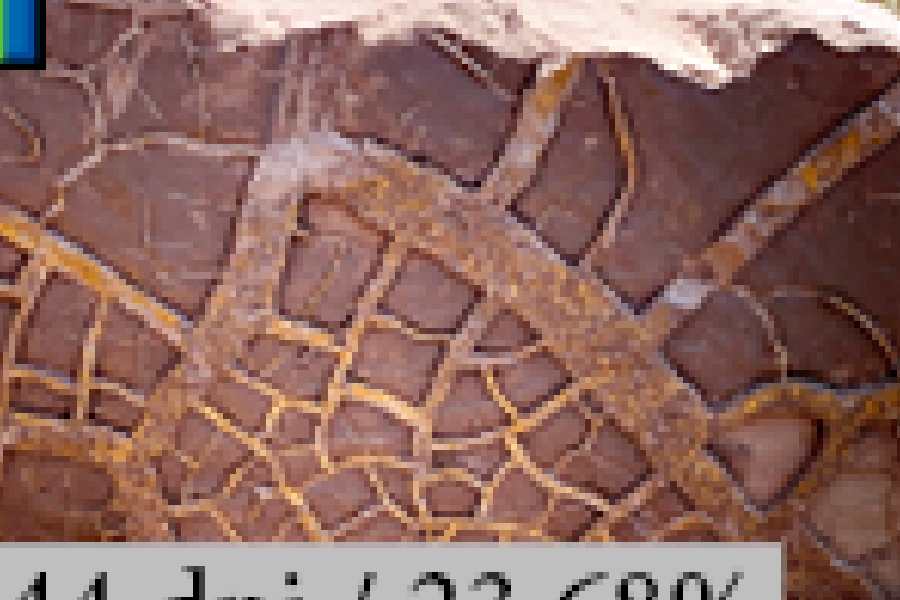A long-lasting mega El Nino condition marked by unusually elevated equatorial ocean temperatures may have triggered the worst mass extinction in Earth’s history, the Permian-Triassic killing that wiped out 90 per cent of the planet’s species 252 million years ago.
New research by an international team of scientists has suggested that a mega El Nino turned the planet into a hothouse, setting off a cascade of events with devastating impacts on life forms in the sea and on land. Their study will appear in the US journal Science on Friday.
Earlier studies have proposed global volcanic eruptions, intense ultraviolet B radiation after a global depletion of ozone, acid rain, and changes in ocean conditions among factors underlying the extinction.
But none of these factors alone can fully explain the patterns and timings of the extinction. What caused life on land, including plants and usually resilient insects to suffer just as badly as marine organisms has remained a big mystery.
“Climate warming alone cannot drive such devastating extinctions because, as we are seeing today, when the tropics get too hot, species migrated to cooler, higher latitudes,” said Alexander Farnsworth, a scientist at the University of Bristol and the study’s lead co-author said in a media release.
The study, led by researchers at the University of Bristol and the China University of Geosciences in Wuhan and collaborators in academic institutions in other countries, involved computer simulations to determine what specific triggers might have contributed to the extinction.
The researchers also studied oxygen isotopes of fossilised tooth material of tiny extinct swimming organisms called conodonts. The oxygen isotopes serve as signatures of temperatures. The scientists found a remarkable collapse in temperature differences in the low and middle latitudes.
Geological studies, including patterns of extreme dryness observed in 252-million-year-old rocks, show evidence of a planet-wide hothouse. “Essentially, it got too hot everywhere,” Farnsworth said. “There were much more intense and prolonged El Nino events than (are) witnessed today.”
A modern-day El Nino marked by a subtle elevation in the sea surface temperatures in the equatorial Pacific Ocean is associated with poor rainfall, droughts and extreme weather events across the world.
“The changes in climate patterns were profound because there were much more intense and prolonged El Nino events than witnessed today,” Farnsworth said. “Species were simply not equipped to adapt or evolve quickly enough.”
David Bond, a paleontologist at the University of Hull and another co-author of the study, said wildfires become common under a drought-prone climate. “Earth got stuck in a crisis state where the land was burning and the oceans were stagnating. There was nowhere to hide,” Bond said in a media release from the University of Bristol.
“While most life failed to adapt to these conditions, a few organisms survived, without which we wouldn’t be here today,” said Yadong Sun, a lead co-author at the China University of Geosciences.










